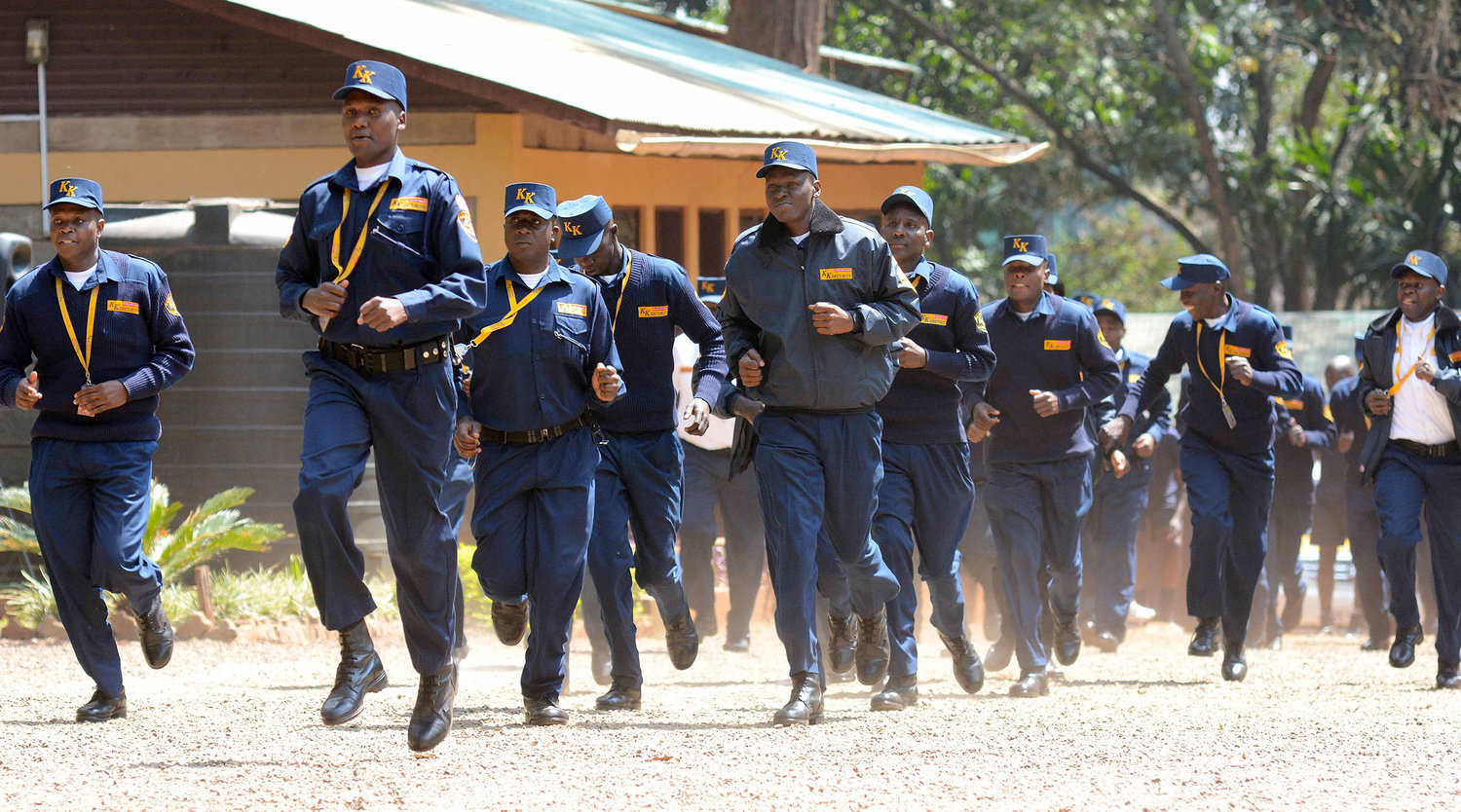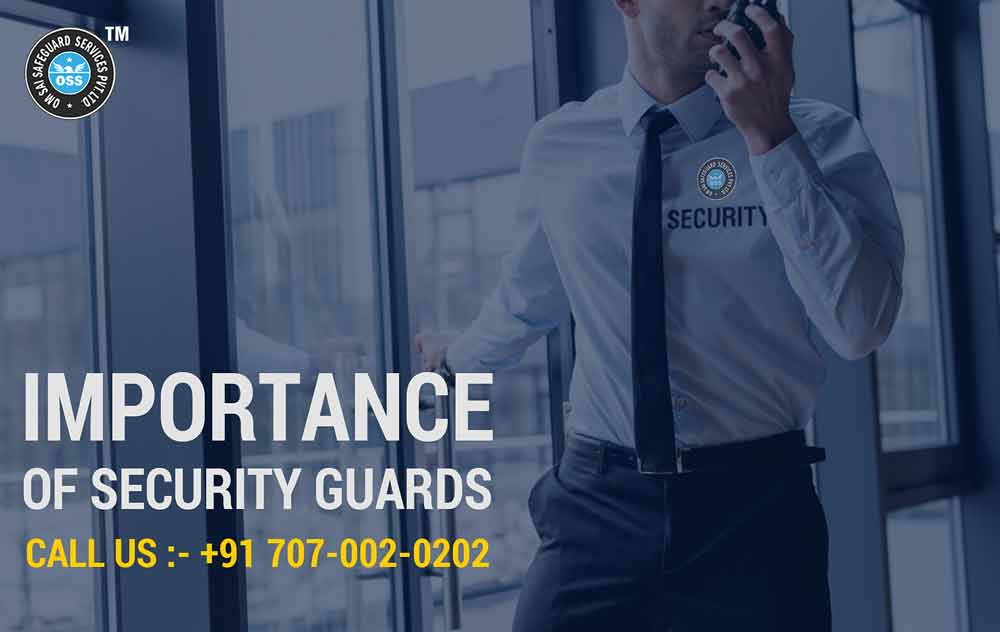Safeguarding Your Company: Corporate Security Basics Revealed
From Cybersecurity to Physical Procedures: Reinforcing Corporate Security in an Altering Globe
In today's quickly advancing digital landscape, the value of business protection can not be overemphasized. As cyber threats come to be widespread and progressively advanced, organizations have to exceed typical cybersecurity procedures to protect their procedures and properties - corporate security. This is where the combination of physical safety and security steps becomes critical. By combining the toughness of both cybersecurity and physical safety and security, firms can develop an extensive defense method that resolves the varied variety of threats they encounter. In this discussion, we will certainly explore the changing danger landscape, the need to integrate cybersecurity and physical security, the application of multi-factor verification actions, the significance of worker awareness and training, and the adjustment of security steps for remote workforces. By analyzing these vital locations, we will get useful understandings into how companies can reinforce their business safety and security in an ever-changing world.
Understanding the Changing Hazard Landscape
The advancing nature of the modern-day world requires a thorough understanding of the transforming threat landscape for reliable company safety. It is crucial for organizations to stay educated and adapt their safety measures to resolve these developing threats.
One secret aspect of understanding the transforming threat landscape is identifying the different kinds of hazards that companies encounter. Furthermore, physical dangers such as burglary, vandalism, and business espionage continue to be common problems for companies.
Tracking and examining the hazard landscape is crucial in order to determine potential dangers and vulnerabilities. This involves remaining upgraded on the current cybersecurity patterns, evaluating risk knowledge reports, and carrying out routine risk assessments. By understanding the altering danger landscape, organizations can proactively carry out suitable security measures to alleviate threats and safeguard their possessions, track record, and stakeholders.
Integrating Cybersecurity and Physical Security
Incorporating cybersecurity and physical safety is vital for detailed business defense in today's digital and interconnected landscape. As organizations significantly rely upon technology and interconnected systems, the limits in between physical and cyber threats are becoming blurred. To properly safeguard against these risks, an all natural method that integrates both cybersecurity and physical security measures is important.
Cybersecurity concentrates on protecting digital properties, such as systems, data, and networks, from unapproved accessibility, interruption, and burglary. Physical safety and security, on the other hand, incorporates measures to safeguard physical properties, individuals, and centers from dangers and vulnerabilities. By incorporating these 2 domain names, companies can resolve susceptabilities and risks from both digital and physical angles, consequently enhancing their general safety and security pose.
The integration of these 2 self-controls permits for an extra thorough understanding of safety and security dangers and makes it possible for a unified response to cases. Physical access controls can be boosted by integrating them with cybersecurity procedures, such as two-factor authentication or biometric identification. Cybersecurity measures can be matched by physical safety and security procedures, such as security cameras, alarm systems, and secure access factors.

Executing Multi-Factor Verification Procedures
As organizations progressively focus on detailed safety actions, one efficient approach is the application of multi-factor authentication measures. Multi-factor authentication (MFA) is a safety and security technique that requires customers to offer several forms of identification to access a system or application. This technique adds an extra layer of defense by incorporating something the customer understands, such as a password, with something they have, like a finger print or a safety token.
By applying MFA, companies can dramatically enhance their protection position - corporate security. Traditional password-based verification has its restrictions, as passwords can be conveniently endangered or neglected. MFA reduces these risks by including an extra verification element, making it much more tough for unauthorized people to get to internet delicate information
There are numerous sorts of multi-factor verification methods available, including biometric authentication, SMS-based verification codes, and equipment symbols. Organizations require to examine their certain needs and choose one of the most appropriate MFA option for their needs.
Nonetheless, the implementation of MFA must be thoroughly prepared and carried out. It is critical to strike a balance between security and usability to avoid user frustration and resistance. Organizations needs to also consider possible compatibility problems and offer ample training and assistance to make sure a smooth shift.
Enhancing Employee Recognition and Training
To reinforce corporate protection, companies should prioritize improving worker awareness and training. Numerous security violations happen due to human error or absence of awareness.
Efficient worker recognition and training programs should cover a wide variety of subjects, consisting of information security, phishing attacks, social design, password health, and physical security actions. These programs ought to be tailored to the particular demands and duties of various employee duties within the organization. Routine training workshops, sessions, and simulations can help workers develop the essential abilities and expertise to respond and identify to safety threats efficiently.
In addition, companies must encourage a society of protection awareness and supply continuous updates and reminders to keep staff members notified about the current dangers and mitigation strategies. This can be done through inner communication networks, such as newsletters, intranet sites, and email projects. By fostering a security-conscious labor force, organizations can dramatically decrease the likelihood of safety incidents and shield their useful properties from unauthorized accessibility or compromise.

Adapting Protection Measures for Remote Workforce
Adapting company protection measures to fit a remote labor force is crucial in ensuring the protection of sensitive info and possessions (corporate security). With the boosting fad of remote job, companies have to apply ideal security measures to mitigate the risks connected with this new way of working
One essential element of adapting safety steps for remote work is establishing protected communication channels. Encrypted messaging systems and digital personal networks (VPNs) can assist safeguard delicate details and protect against unapproved gain access to. Furthermore, organizations need to apply making use of strong passwords and multi-factor authentication to improve the protection of remote access.
Another crucial consideration is the execution of safe and secure remote gain access to services. This involves giving staff members try this with protected access to company sources and data via online desktop framework (VDI), remote desktop protocols (RDP), or cloud-based remedies. These innovations guarantee that sensitive details stays safeguarded while allowing workers to execute their functions effectively.

Lastly, thorough protection understanding training is crucial for remote workers. Educating sessions ought to cover ideal techniques for safely accessing and handling delicate info, determining and reporting phishing efforts, and preserving the overall cybersecurity health.
Conclusion
To conclude, as the danger landscape remains to progress, it is critical for organizations to enhance their protection measures both in the cyber and physical domains. Incorporating cybersecurity and physical security, implementing multi-factor verification measures, and boosting staff member recognition and training are crucial actions in the direction of accomplishing robust corporate security. Additionally, adjusting safety procedures to fit remote workforces is vital in today's changing globe. By applying these procedures, organizations can reduce risks and shield their useful possessions from potential threats.
In this discussion, we will check out the transforming danger landscape, the need to incorporate cybersecurity and physical safety and security, the execution of multi-factor authentication procedures, the importance of staff member awareness and training, and the adjustment of security steps for remote labor forces. Cybersecurity steps can be enhanced by physical security steps, such as security video cameras, alarm systems, and secure gain access to factors.
As companies increasingly prioritize detailed security steps, one reliable approach is the implementation of multi-factor authentication measures.In final thought, as the hazard landscape proceeds to advance, it is essential for organizations to strengthen their protection determines both in the cyber and physical domains. Integrating cybersecurity and physical protection, executing multi-factor verification steps, and boosting worker recognition and training are important actions in the direction of accomplishing robust business protection.